The Camino de Santiago de Compostela – Introducing the Camino Francés
The Camino de Santiago is an ancient track: from at least the middle ages pilgrims were making their way to the Spanish city renowned as housing the bones of St James, one of Jesus’ apostles. In contemporary life, it is the first European Cultural Itinerary and is walked by tens of thousands each year.
Table of Contents
The Camino Francés, or the French Way, is the most popular route among the network of pilgrimages leading to the cathedral of Santiago de Compostela in northwestern Spain. It’s a journey that will take you through magnificent landscapes, quaint villages, bustling cities, and historical landmarks.
While the journey is physically challenging, it’s also incredibly rewarding. You’ll have the opportunity to reflect, discover, and grow while meeting fellow travellers from all walks of life. Let’s delve into a brief overview of this fascinating route.
- Starting Point: The Camino Francés begins in Saint-Jean-Pied-de-Port, a charming French town at the foot of the Pyrenees.
- Length: The full route is roughly 800 kilometres long, typically completed in 30 to 35 days.
- Terrain: The path takes you through a variety of terrain, from mountainous regions, lush vineyards, expansive plains to medieval towns.
- Highlights: The journey offers a plethora of cultural highlights, including the majestic cathedral in Leon, the stunning Iron Cross, and of course, the cathedral of Santiago de Compostela itself.
Whether you’re a seasoned hiker or a novice, the Camino Francés is a journey that promises an unforgettable experience. It’s a route that encourages exploration, reflection, and connection, offering a unique blend of physical endeavour and spiritual fulfilment.
What we didn’t know when we set off was that the Camino is more than just one way; it’s a network of paths, all leading to Santiago. We were walking the Camino Francés, which runs from St Jean Pied de Port on the French side of the Pyrenees, through Roncesvalles (on the Spanish side) on to Pamplona, Burgos, Leon, and a host of smaller cities and towns along the way. The Francés is the most popular of all the Ways of St James, and when people talk about doing the Camino, they usually mean this one.
Our first Camino…
We were pressed for time after missing a flight from Vienna and Craig doing a boating course in preparation for an upcoming houseboat trip in France, so we decided to start three stages in: Pamplona. As it turned out, we would have had plenty of time to start in St Jean, but we were quite glad we didn’t — it was March and the Pyrenees were covered in snow. We even walked through snow on our first day, as we climbed a hill when leaving Pamplona.
Weather
The weather was a major presence in our journey. Walking in March was a good idea in that we avoided the hordes of pilgrims that walk in summer, but it was cold. We both took polypropylene underwear and waterproof jackets, overtrousers and pack covers, and even so were wet through on more than one occasion. Being caught in a hailstorm once or twice (all right, four times) was an experience we will never forget, especially as we were always in the middle of nowhere when the hail started to fall. Definitely pack your belongings in waterproof bags within your pack if you are walking at this time of year, and don’t stint on the warm layers.

Food
As New Zealanders, we are used to carrying all the food we need for an entire hike — that wasn’t necessary on the Camino! There are towns every five to ten kilometres along the route; the longest stretch with no villages was about 16km. We tended to visit a supermarket or shop in the evening to pick up food for dinner, breakfast, and a snack for the next day, and lunch was a bocadillo (sandwich made from a loaf of bread like a thick baguette) often filled with tortilla española (a fat omelette filled with potatoes). However, there are lots of bars and restaurants to eat at if you don’t want to cook for yourself, and many offer a three-course pilgrim meal, with wine included, for around €10.
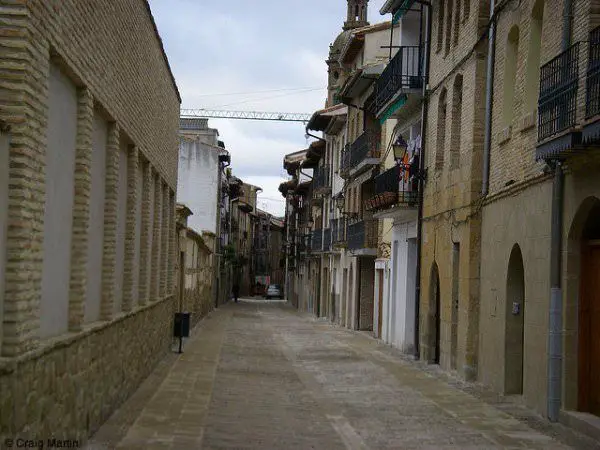
Accommodation
There are plenty of places to sleep along the way, with pilgrim albergues (hostels) catering exclusively to the people walking the way. You’ll need a credencial (pilgrim passport) and to show identification when you check in to these hostels, which usually cost between €5 and €10. Some are council-run, others are privately operated, and they are all different! You’ll need a sleeping bag if you don’t want to freeze, though some do provide blankets.
During our most-recent Camino Frances, in 2023, albergues cost between €10 and €30, but we mainly stayed in private hotels and private albergues (that met my mother’s standards!). Even then we seldom exceeded €50 a night for private double rooms with ensuite.
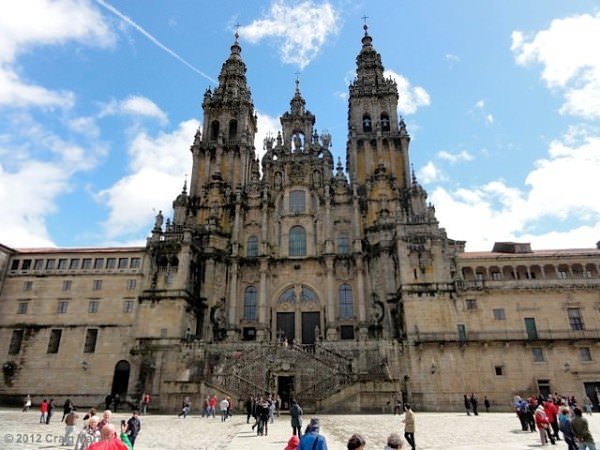
Friendship
One of our favourite aspects of the Camino was meeting people. We didn’t often walk with other pilgrims, but we quite often showed up in an albergue and found familiar faces. They were people to share stories, blister remedies, and a glass of wine or two with, and they really made the Camino special.
We highly recommend the Camino de Santiago. It’s a life-changing experience.
Frequently Asked Questions
What is the best time of year to walk the Camino Francés?
Deciding the best time of year to embark on your journey along the Camino Francés is a crucial part of your planning. Each season offers a unique experience, with its own set of challenges and rewards. Let’s delve into what each time of the year offers.
Spring (March to May)
Spring is a popular time for walkers on the Camino Francés. The weather is typically mild, with average temperatures ranging from 12 to 18 degrees Celsius. The countryside is awash with the vibrant hues of blooming flowers, creating a picturesque scenery. However, keep in mind that rainfall can be quite high, especially in the region of Galicia, so pack your waterproof gear!
Summer (June to August)
Summer, particularly July and August, sees the highest number of pilgrims on the Camino Francés. The weather is warm to hot, with temperatures often exceeding 30 degrees Celsius. This is a great time to enjoy Spain’s long sunny days, but be aware that some parts of the trail can get quite crowded. Remember to stay hydrated and protected against the sun!
Autumn (September to November)
Autumn provides a beautiful backdrop for your journey with the changing colours of the leaves. The temperatures are moderate, similar to spring, but with less rainfall. This is a quieter time on the Camino Francés, making it ideal if you prefer a more solitary journey. As nights can get chilly, make sure to pack warm clothing.
Winter (December to February)
Winter is the least crowded time on the Camino Francés. The weather is cold, with temperatures ranging from 3 to 8 degrees Celsius, and there can be snow, especially in the mountainous regions. Certain sections of the trail might be challenging due to weather conditions, so be prepared and check local forecasts. However, the tranquillity and stark winter beauty can make it a truly rewarding experience.
How long is the Camino Francés route?
Generally, the Camino Francés stretches approximately 780 kilometres or 484 miles from Saint-Jean-Pied-de-Port, near Biarritz in France, to Santiago de Compostela in Spain. This makes it one of the longest routes of the Camino de Santiago.
Remember, the journey can be as long or short as you wish it to be. Many pilgrims choose to walk different sections at different times. Some might complete the whole path in one go, while others split it into manageable chunks over several years.
Breaking down the distance
The Camino Francés is usually divided into 32 stages, but these can easily be adjusted to fit individual pace and preference. Here’s a breakdown:
- St-Jean-Pied-de-Port to Roncesvalles – 24.1 km
- Roncesvalles to Zubiri – 21.9 km
- Zubiri to Pamplona – 20.4 km
And so it continues, with the average stage length being around 23-25 km per day. However, the exact distance you’ll cover each day will depend on your personal capabilities and the terrain.
Whether you’re a seasoned hiker or a casual walker, the key is to find your own rhythm. The Camino isn’t a race, it’s a journey of personal growth and discovery. So, take your time, enjoy the scenery, and remember, it’s not about the destination, but the journey itself.
How difficult is the Camino Francés?
While the Camino Francés, or the French Way, is the most popular route of the Camino de Santiago, its difficulty can vary greatly depending on a few key factors.
In 2023, Linda and I (regular hikers) walked the Camino Frances with my 70-year-old mother, and step-father – neither fit, regular walkers. We managed it easily with 15-20km days planned.
Firstly, let’s look at distance. The Camino Francés spans approximately 800 kilometers from St. Jean Pied de Port in France to Santiago de Compostela in Spain. That’s quite a trek, isn’t it? With an average walking speed, you could complete the journey in about a month. But remember, this isn’t a race. The true essence of the Camino is to take your time, soak in the beauty of the surroundings and meet fellow pilgrims along the way.
Next, consider the terrain. The Camino Francés is a mix of flat land, rolling hills and mountainous regions. You may find yourself strolling through serene vineyards one day and tackling the Pyrenees the next. It’s a challenge, but isn’t that what makes it an adventure?
Lastly, let’s think about the weather. Weather conditions can significantly affect the difficulty of your journey. The hottest months, July and August, can make the walk more strenuous due to the extreme heat. On the other hand, walking in the cooler months can bring its own challenges with rain and sometimes snow in the mountainous regions.
Given these points, you might be wondering if you’re up to the task. But here’s the good news – you don’t have to be an Olympic athlete or an experienced hiker to complete the Camino Francés. The key is to prepare well, take it at your own pace, and listen to your body. It’s your journey, after all!
So, how difficult is the Camino Francés? On a physical level, it could be challenging, but remember, the Camino is also a spiritual journey. Many pilgrims find that the challenges they face on the path help them to grow and learn about themselves. And isn’t that the real journey?

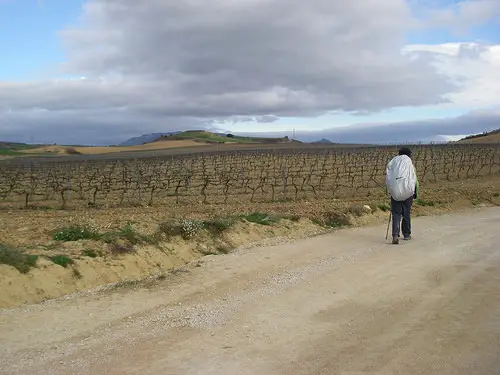
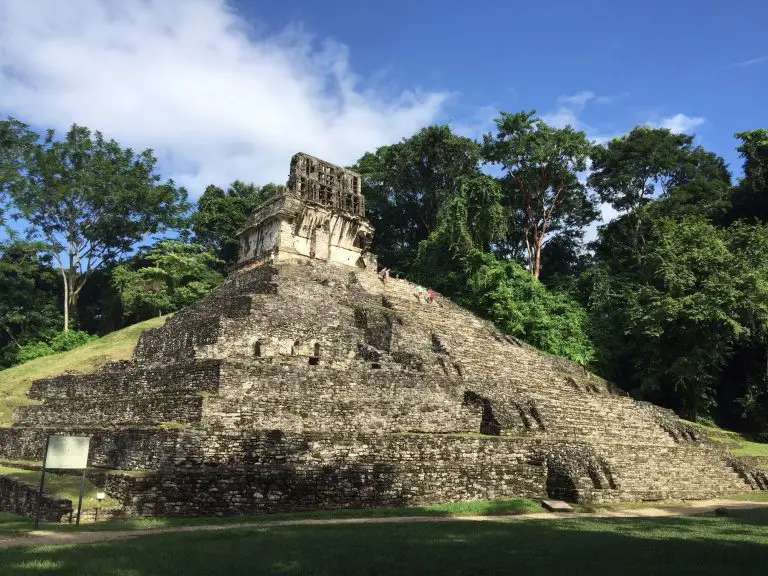
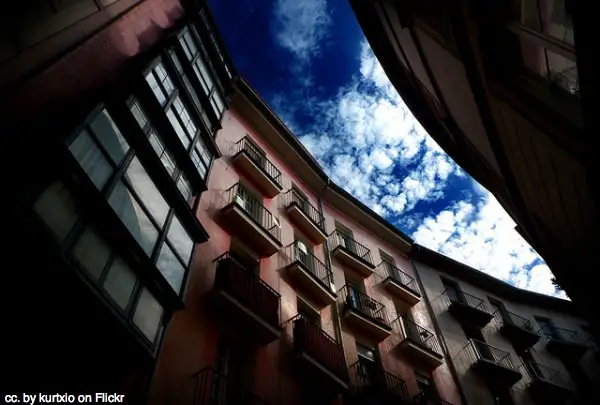

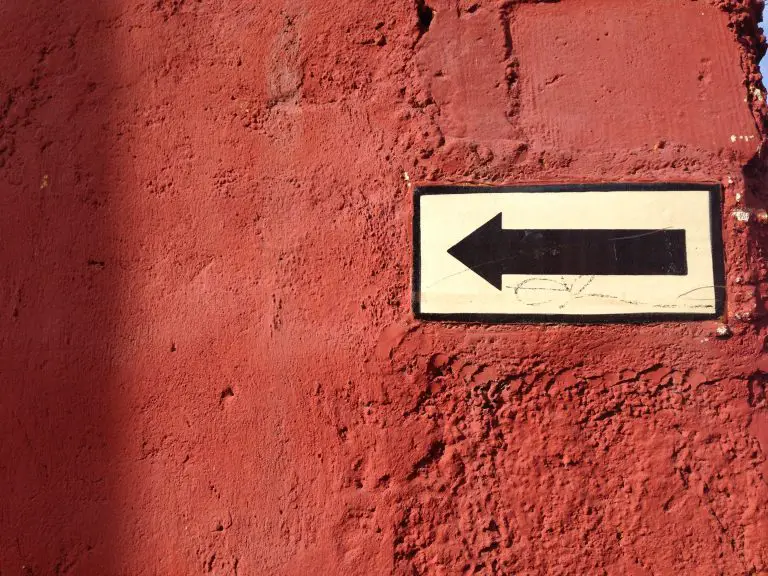
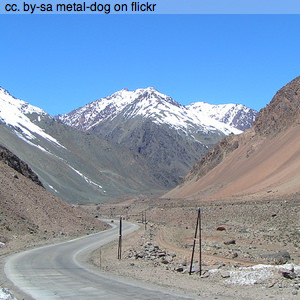
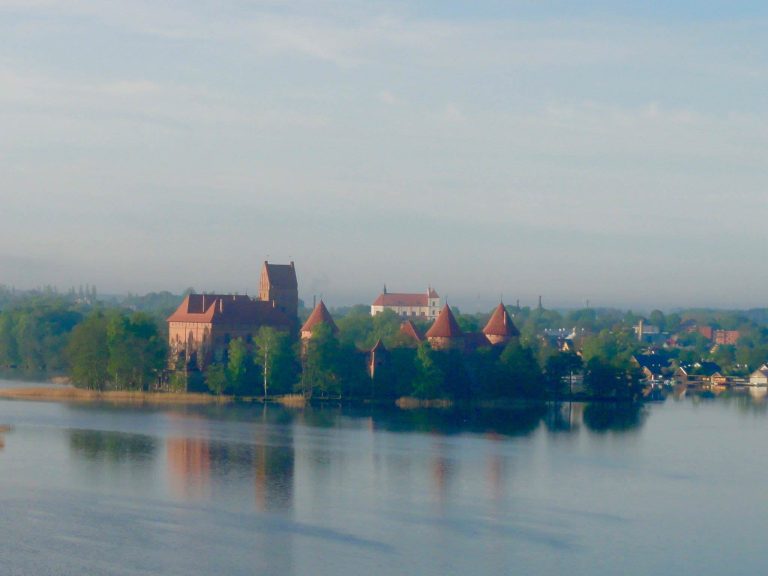
Hi Guys, welcome back!! I was beginning to think you had run off and were enjoying traveling too much to post anything. Looking forward to getting caught up with your travels. (BTW, the volume for this podcast is rather low. Maybe it’s my computer, but I can’t tell. Anyone else have the same problem?)
Ah, much better! Have a great time in Istanbul. I love that place. Good to have you back!
Hi David, thanks — it’s good to be back again.
Volume’s low? I’ll run it through the system again and try to sort that out. Let us know if it happens again on tomorrow’s episode.
I’ve just replaced the mp3 file having boosted the sound. You were right Dave, the mp3 levelling had failed to work.
Hello,
In a way I envy you for going to Istanbul at this time. I have enjoyed every minute spent walking through the old Byzantine and Ottoman core of the city.
On 16 June I will be on my way to Datça in the MuÄŸla province. I will spend two weeks at Ak-Tur with people whom I consider family, although we are not related.
My web site is currently under construction, so there is little there to see. I hope to have it updated by the end of this week, and will certainly have it in good condition by 1 June.
Hi Mac, nice to have you drop by. Istanbul is still a fantastic city, but prices seem to have gone up in the 12 months since we were last here.
The 4 lira espresso has arrived! I don’t understand why I can get great espresso for 50 euro cents in Spain and 2.20 in Britain, but Turkey has found out about ridiculous coffee prices too.
It’s going to be a busy day for me: I want to get some interviews from around Sultanhamet: the Aya Sofia, Blue Mosque, Roman cistern, around the Grand Bazaar. Should be fun.
Mid-June will be HOT, Mac. I hope you have a great time though — let us know how it goes.